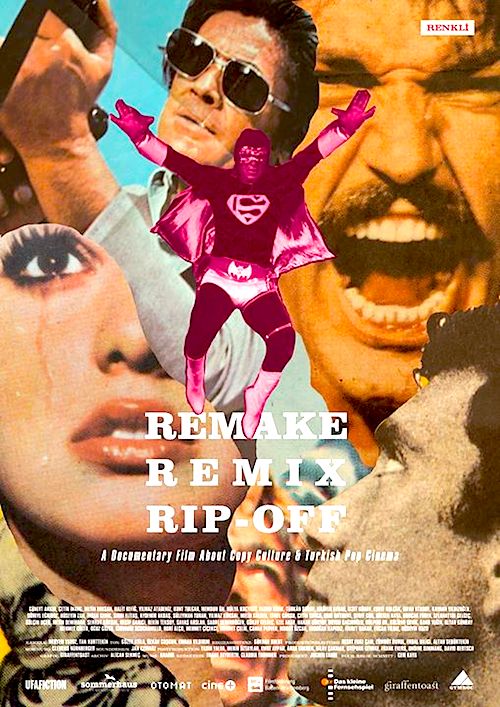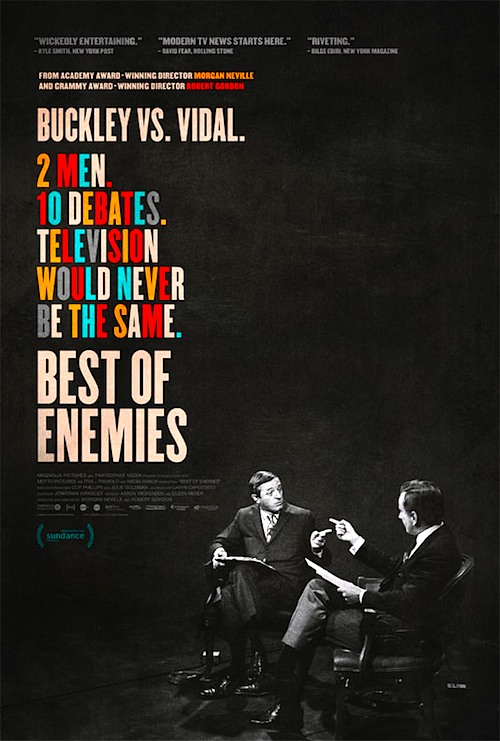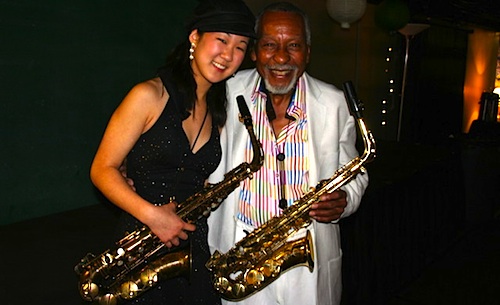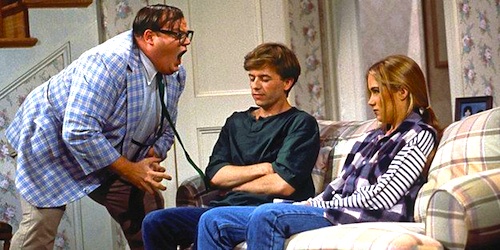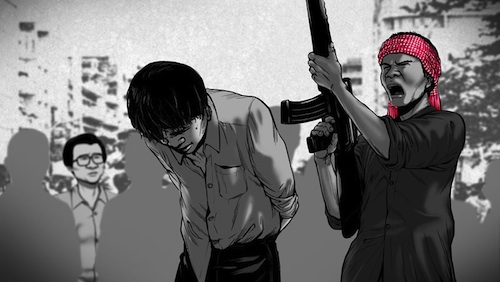By Joe Bendel. They were called “Tramps,” but you could say the post-WWI Czechoslovakian back-to-nature movement was somewhat Bohemian. In some ways, they were early outdoorsmen-environmentalists, but they also had an affinity for Americana culture. They were the closest things to cowboys in Eastern Europe, who formed the original nucleus of the most significant Bluegrass scene outside of the United States. Ethnomusicologist Lee Bidgood & director Shara K. Lange explore the continuing Czech Bluegrass tradition in Banjo Romantika: American Bluegrass Music & the Czech Imagination, which screens during the 2015 Kingston (NY) Film Festival.
Yes, Bluegrass was definitely associated with America—and yes, that was a little awkward during the Communist era. Nevertheless, local musicians and fans managed to hold the nation’s first international Bluegrass festival in 1972. These were hearty, hardy folks who often embraced American music and drove U.S. Army jeeps to express defiance. Not surprisingly, Bluegrass often accompanied the Velvet Revolution protests, particularly the music of Robert Křest’an, whom Lange films recording his latest album.
Thanks to American Armed Forces Radio, pioneers like Marko Čermák heard all the American greats. While they can do their share of fleet Scruggs-inspired picking, they processed the music into something very Czech, yet the affinity for the country hills remains. Frankly, there is an unexpected soulfulness to the music performed in Romantika that sounds wonderfully inviting.
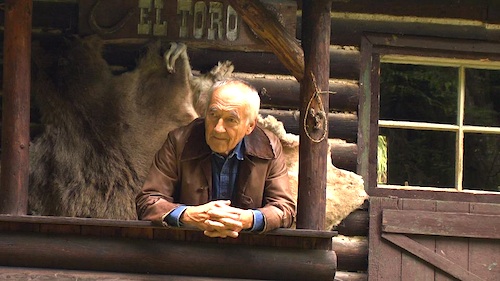
As a documentary, Romantika offers a good balance of performance and cultural context. Lange’s interview subjects clearly establish Bluegrass’s Cold War significance as a symbol of freedom, without belaboring the point. East Tennessee State Prof. Bidgood serves as our guide through the history of Czech/Czechoslovakian Bluegrass, but he does all his talking on the bandstand, leading his combo through a set of the music under discussion. They sound great too.
If you have ever spent time in the Czech Republic, especially in the countryside, Romantika will bring back happy memories and make wish for a return trip, which is not something you would expect from a Bluegrass documentary. This is just a terrific, terrific film. Clocking in just under seventy minutes, it is on the short side but it is well worth every minute spent. Hopefully, it will eventually find a further audience on PBS (or somewhere), because it deserves a chance to be seen widely. Very highly recommended, Banjo Romantika screens this Friday afternoon (8/14) as part of the 2015 Kingston Film Festival in Ulster County.
LFM GRADE: A
Posted on August 12th, 2015 at 10:09pm.
